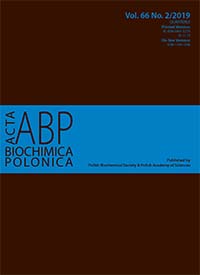A Iontophoretic delivery of transdermal patches containing ropivacaine: sustaining the anesthetic effect in children
Abstract
Clinical trial presented here investigates the sustaining anesthetic effect of ropivacaine when administered as an epidural injection followed by a transdermal patch with and without Reverse electrodialysis (RED) system in order to maintain anesthesia in children. It also focuses on the rate of release of the drug in vitro when administered with the RED system. The transdermal patch of ropivacaine was prepared using the evaporation technique enclosing 25 mg of local anesthetic ropivacaine. Thus prepared patches were evaluated for physical parameters, such as folding endurance, tensile strength, in vitro drug release etc. The thicknesses of the patches were in the range of 0.02±0.006 to 0.04±0.007 mm, with 95.79±1.85 to 97.45±0.07% drug content. The average weight and tensile strength were found to be 0.15±0.2 to 0.17±0.18 gm, and 0.42±0.006 to 0.58±0.002 kg/cm2. The folding endurance of the patches was in the range of 155.21±0.2 to 167±0.29 and the moisture content was 1.43±0.23% to 2.97±0.23%. The formulation shows in vitro release in a phosphate buffer (pH 7.4) as 55.56% to 89.23±0.24% in 24 h with reverse electrodialysis system attached, and 43.76% to 81.23±0.14% in 24 h without reverse electrodialysis system. The children of different age groups, different body weight with no premedication of anesthetic or analgesic were selected as subjects with written informed consent and divided into two groups depending upon the RED system to be attached or not. The patches with and without the RED system were attached to the forearm of subjects and the trial was run. The results obtained demonstrate when attached with the reverse electrodialysis system, the patch had shown a greater potential for thermal threshold, lowering the cool sensation and the depth of pain.
Acta Biochimica Polonica is an OpenAccess quarterly and publishes four issues a year. All contents are distributed under the Creative Commons Attribution-ShareAlike 4.0 International (CC BY 4.0) license. Everybody may use the content following terms: Attribution — You must give appropriate credit, provide a link to the license, and indicate if changes were made. You may do so in any reasonable manner, but not in any way that suggests the licensor endorses you or your use.
Copyright for all published papers © stays with the authors.
Copyright for the journal: © Polish Biochemical Society.


